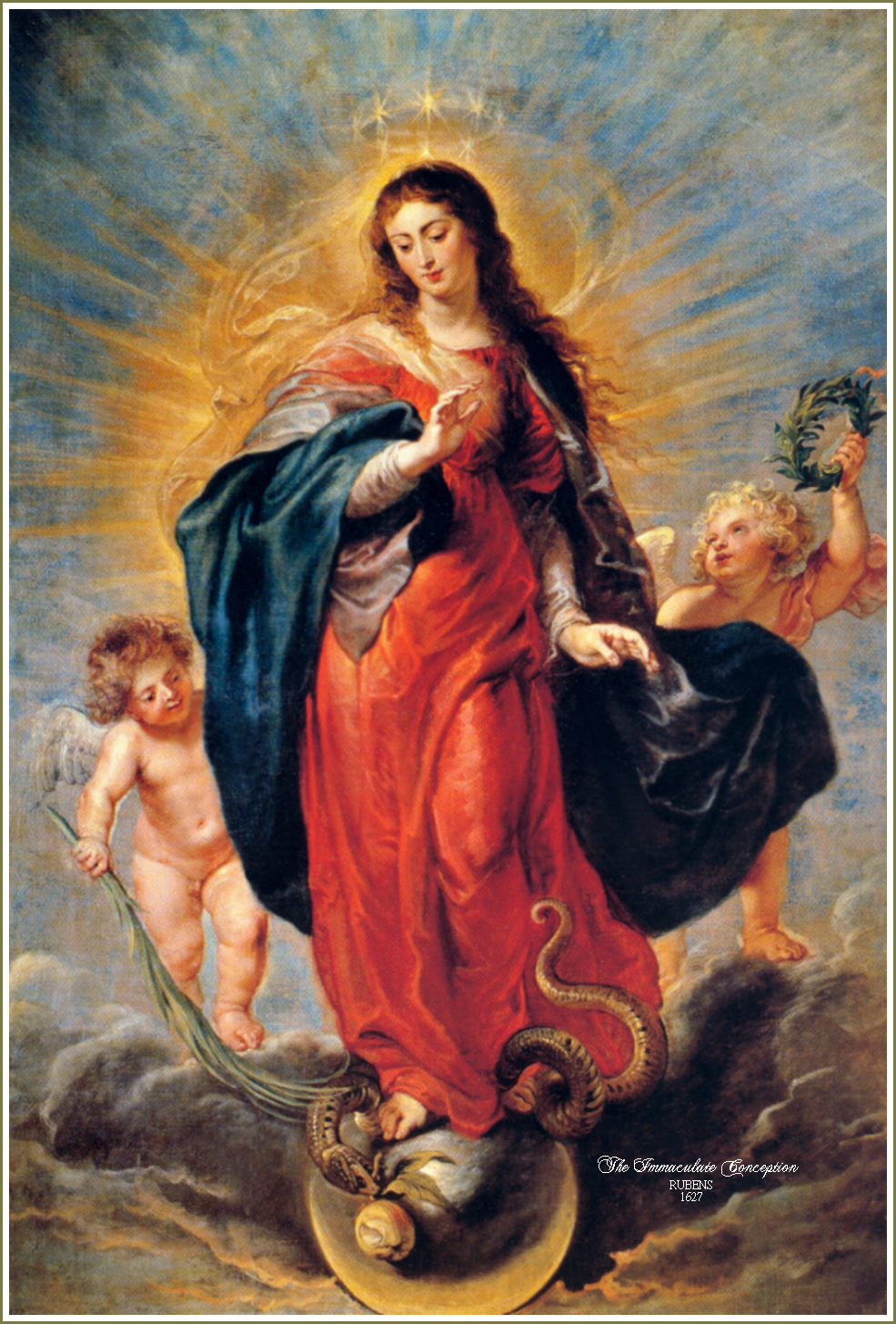The Catholic Church holds as dogma the doctrine of the Immaculate Conception. Many Christians mistakenly believe that this refers to the sinlessness and virgin birth of Jesus. However, it is actually about the supposed sinless conception and life of Mary. Catholics claim that her sinlessness was
necessary to make her worthy of giving birth to the Lord. The doctrine is claimed to be from "tradition," but was only decreed as official by Pope Pius IX on December 8, 1854.
Christians should have a huge problem with this doctrine. For one thing, the Bible says that "all have sinned and fall short of the glory of God" (Romans 3:23). Jesus alone is exempted through His conception by the Holy Spirit (Hebrews 4:15, II Corinthians 5:21). If Mary escaped a sinful nature, then the Bible's teachings about our need of salvation all tumble like a house of cards.
However, in addition to this general objection, there are also specific biblical references which preclude the Catholic view.
We know, from Luke 2:24, that Mary made the sacrifice of atonement for a new mother (Leviticus 12:2). Specifically, she sacrificed two pigeons, the sacrifice for someone who was too poor to offer a lamb (Lev. 12:8). Mary was unclean, and thus had to atone, neither of which can be consistent with sinlessness.
The problem with the Catholic doctrine isn't simply that it is wrong, but rather because it undermines the office of Christ as Mediator between God and fallen Man. It has also led the Catholic Church actually to change Scripture. In Genesis 3:15, in what is called the Protevangelium, Catholic bibles have replaced "He will bruise your [i. e., the serpent's] head and you will bruise His heel," [emphasis added] with "she will bruise your head, and you will bruise her heel." These versions follow the Vulgate in changing the masculine singular of the Hebrew to the feminine singular in Latin. This has been used to justify giving a mediatorial and redemptive role to Mary alongside that of Christ, in explicit violation of I Timothy 2:5: "there is one God, and there is one mediator between God and men, the man Christ Jesus."
This is how this works: by giving Mary a role of redemptrix and mediatrix next to that of Christ, and then pointing out that Protestants reject any such role, the Church of Rome lays claim to providing a supposedly-superior form of spiritual security. However, since that claim is based on both false and falsified evidence, it is a deception, one that will lead many sincere people on the wide road into Hell (Matthew 7:13). That is why I persist in calling the Roman Catholic Church a cult, and in urging people to abandon her for the sake of their souls (Revelation 18:4).
CHRIST AS LIFE-GIVING SPIRIT (1)
1 day ago





No comments:
Post a Comment